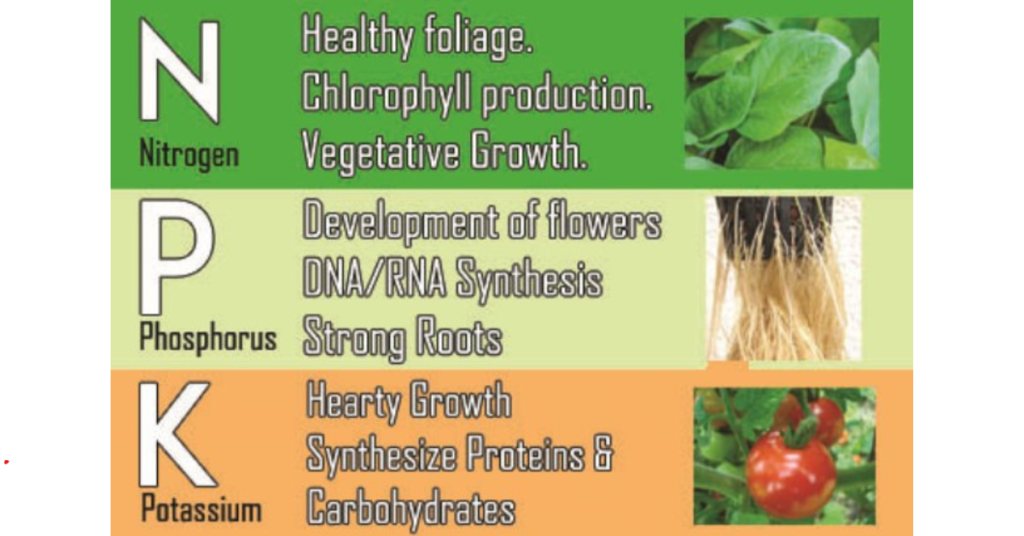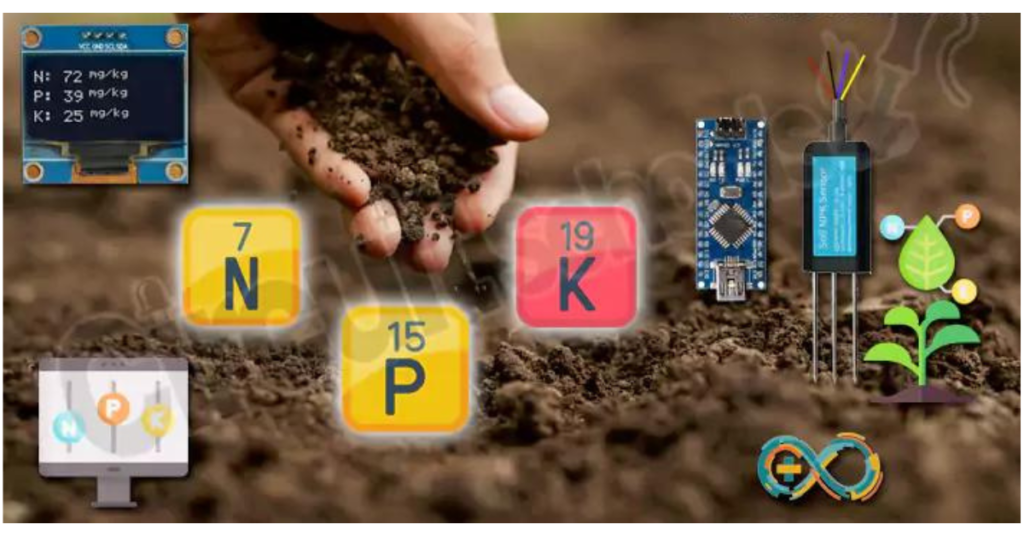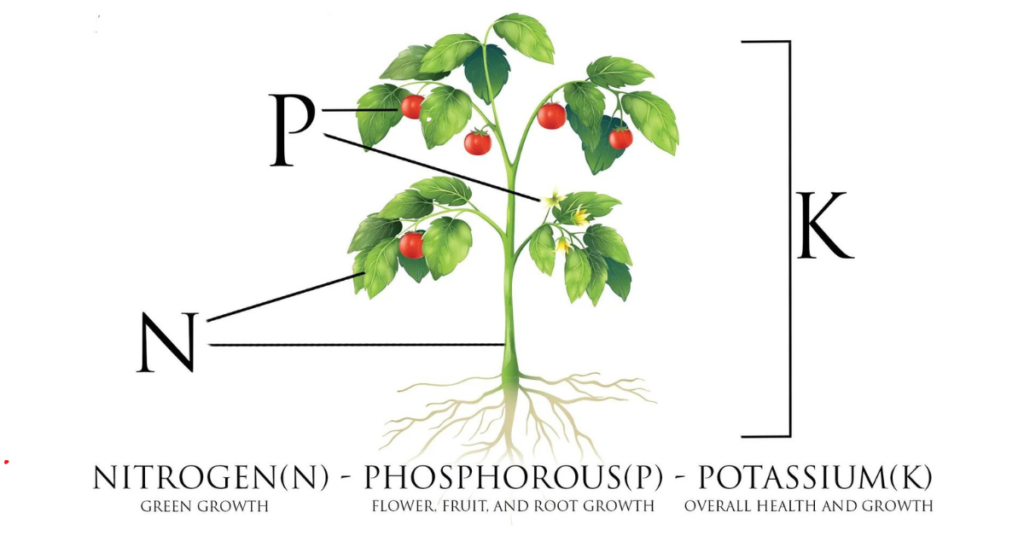“Why Is NPK Important To Plants”
“NPK – nitrogen, phosphorus, and potassium – stand as the cornerstone nutrients for plant vitality and growth. Like the vital nutrients in our diets, plants require a balanced intake of NPK to thrive. Nitrogen fuels the engine of growth, phosphorus powers the metabolic machinery, and potassium enhances resilience. Together, they orchestrate the intricate dance of life within plants, shaping everything from leaf color to fruit quality. Understanding the significance of NPK is akin to unlocking the secret formula for plant success, guiding us towards lush gardens, productive fields, and vibrant landscapes.”
“Why Is NPK Important To Plants” Read More »









